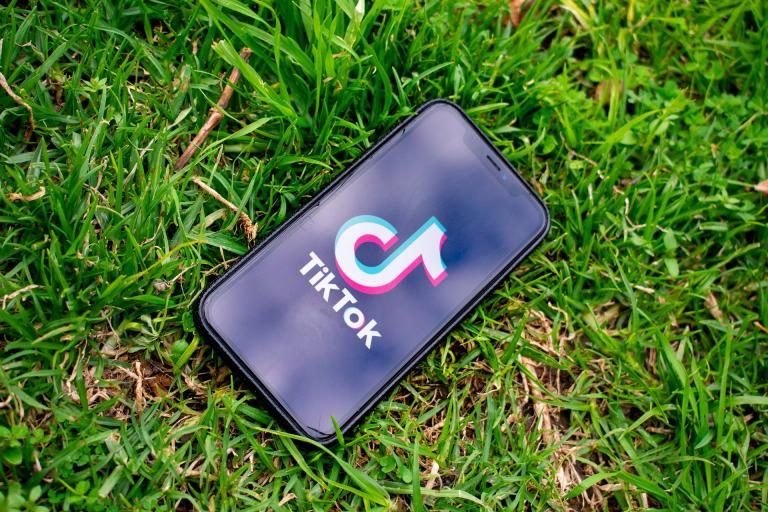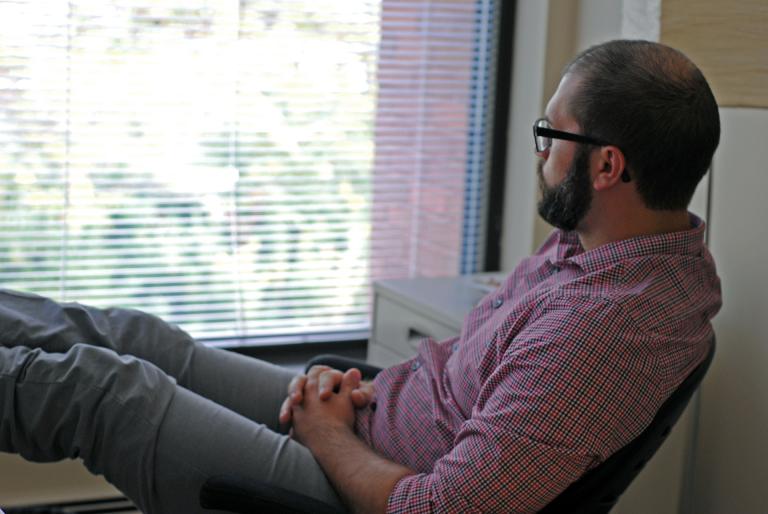If you haven’t heard of Tok Tok, you don’t have children or grandchildren. TiK Tok is a social media platformed used by millions. Actually there are about 3 billion downloads to date. One-third of those users are children under the age of 14. Yes, it is very popular with younger teens. The platform can provide fun moments and videos. People are very creative and funny.
But like all social media platforms there are downsides. New research on social media platforms and mental health in children and teens continues to be published.
According to Dr. Alan Blotcky, a clinical psychologist who sees children and teenagers in therapy, we should be concerned about Tik Tok. It isn’t harm free. Yes, there are positives to using this app. It is entertaining. And it also provides a social network and a place for free expression of creativity. However, parents should be aware of the dark side as well.
Toxic video recommendations: Did you know Tok Tok provides a stream of user uploaded videos and recommends clips to watch? Look at those recommendations. You may find them to be toxic to your children. For example, videos containing violence can produce anxiety in some children. Check out the stream of user uploads to see what else your teen may be watching. Check for video recommendations that contain extreme or provocative content as well. The personal algorithm tailors content to users’ interest. If you have a teen struggling with mental health issues, certain videos could negatively influence. Talk to your teen and warn him or her to avoid videos of bullying or dangerous challenges. For example, #PainTok includes topics of conversation about suicide and self-harm.
Depression and Anxiety: While Tik Tok may not cause depression, depressed teens who spend lots of time on the platform can become more sad and withdrawn. Just be aware that this could exacerbate depression in some children and teens. Studies indicate that social media can increase anxiety and depression and have a negative impact on mental health–especially if your teen spends hours on these platforms. These apps are built with psychology in mind. The intent is to make you view more and stimulate dopamine in the brain to bring pleasure and reward. Then, you want to see more.
Self-Diagnosis: Young teens are already fraught with worry about how they fit in–they constantly compare themselves to others. So also keep in mind that some teens can self-diagnosis based on what they see on social media and then think their peers can help them. This is disconcerting. They need to be evaluated by mental health professionals, not other children on these platforms.
Sexual preditors: Like all social media platforms, sexual predators look to these platforms for victims. Talk to your child and teen regularly about not engaging with people they do not know. Young teens and children do not have the cognitive ability or emotional maturity to discern who is trying to harm them.
Sleep problems: There is concern that Tok Tok is impacting adolescent sleep and may become addicting. The issue here is that good sleep requires what we call REM sleep. A recent study found that users took approximately 1 hour and 7 minutes to fall asleep after using the app; and only 14% of their sleep was in the REM part of the sleep cycle. However, there is some good news. Several months ago, TikTok decided to prevent teenagers from receiving notifications past their bedtime. This was part of their “child safety” improvements. Users aged 13-15 no longer receive push notifications after 9:00p.m.
Privacy: Finally, privacy is always a concern. And, as is the case with most social media platforms, children do not understand how their privacy is compromised once they engage.
The message here is that a very popular platform needs constant parental supervision and conversation regarding safety and mental health. Like most things, we need to guard our heart and mind and make sure we are not doing things that cause more problems.



